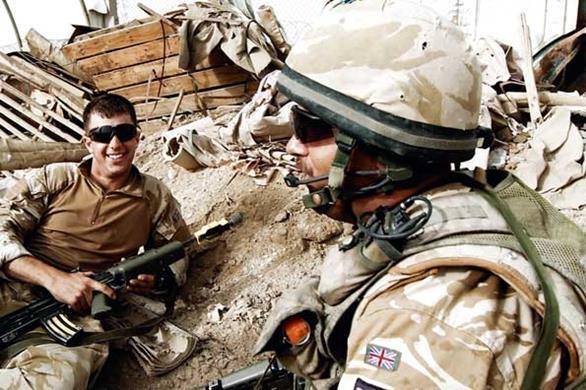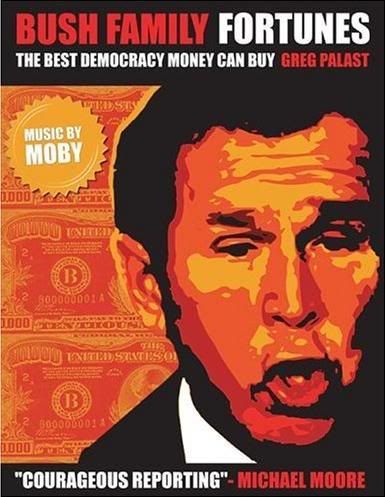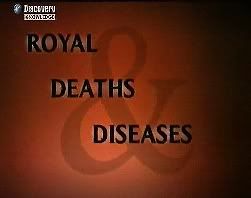It was the simplest idea but one with enormous potential. If a gene is defective in the human body, just replace it with one that works properly. Gene therapy would mean that genetic disorders would become a thing of the past. Cancer would be cured, as would cystic fibrosis and hundreds of other genetic illnesses. Scientists were justifiably excited about the idea but, this enthusiasm that would end up costing one young man his life.
Jesse Gelsinger was born with a liver disorder, a rare condition called ornithine transcarbamylase (OTC) deficiency that stops the liver metabolising ammonia. People with the disease can suffer from brain damage or coma. At its most extreme the illness is fatal.
“In 1998, Jesse was as healthy as I had ever known him”
Paul Gelsinger, Jesse’s father
Jesse was lucky, able to lead a fairly normal life although he had a daily cocktail of drugs to control his condition. Jesse wanted to help others. When he was offered a chance to take part in a medical trial to test the safety of using gene therapy for OTC deficiency, he was keen to participate. He knew this was not a cure for his condition but that, by volunteering he might be able to help others in the future.
Delivering a cure
Although the concept of gene therapy is simple, the practice of administering the treatment is much more difficult. In order to replace defective genes, doctors must get working ones into the body and to the place where they are needed.
Scientists had an ingenious solution to the problem. Hijack one of our most deadly enemies – the virus. A virus infects a human by inserting its harmful genes directly inside our cells. Normally this causes damage to the cell making us sick, but scientists were convinced they could tame this natural ability. Replace the harmful genes with good ones, and the virus would be the perfect delivery vehicle, or vector.
It was initially believed that a retrovirus would be the best way of getting modified genes into the body. Most viruses and cellular organisms store their genetic material as deoxyribonucleic acid (DNA). Retroviruses use ribonucleic acid (RNA) instead. Retroviruses combine their genetic material with that of the host permanently, hence they can offer a permanent cure.
Unfortunately trials using retroviruses had very little success treating any illness other than one particular type of blood disorder, severe combined immunodeficiency (SCID). British doctors have recently used this technique to cure five year old Rhys Evans with great success. Scientists realised that if they wanted to treat organs in the body like the heart, liver or lungs, they would have to find an alternative way of delivering their treatment – retroviruses simply couldn’t get in.
The answer would come from respected scientist Dr James Wilson, who had in 1992 set up the largest gene therapy centre in the world. He proposed using the most common virus around: the adenovirus, cause of the common cold. The adenovirus seemed like a good choice because it is able to affect almost every cell in the human body.
The trial
Wilson needed a disease to trial his adenovirus vector on, and by chance set his sights on OTC deficiency, the disease affecting Jesse Gelsinger. So in September 1998 Jesse and his family were approached to participate in a trial. Jesse knew that taking part was not going to cure his OTC but he was keen to help because he knew that if successful he would have played a part in curing thousands of diseases.
On 12 September 1999 Jesse arrived at the University of Pennsylvania to begin the trial. One day later a member of Wilson’s team injected Jesse with the tame viral particles. He was given the biggest adenovirus dose of any of the trial participants. The doctors told Jesse to expect a small reaction to the virus.
On the 14th when a nurse checked on Jesse she found that he was slightly confused and jaundiced. Although they doubted this was serious, the team wanted to be sure. The adenovirus was supposed to be harmless but Jesse’s body was behaving like it was under attack. By the next day Jesse was in a coma.
Over the next two days Jesse’s condition deteriorated until on day five, Wilson’s team of doctors delivered the devastating news to his parents. Jesse had no brain activity, his internal organs were shutting down. The doctors suggested that Jesse be removed from life support. Jesse died at 2.30 pm on 17 September.
Learning the lessons
In the aftermath of Jesse’s death, it emerged that vital facts about the dangers of the vector had never been given to the Gelsingers. What chance of success is there now for gene therapy and at what risk? For many people the dream of gene therapy is dead. It is not the cure all that we dreamed of ten years ago but instead it is a highly selective treatment for a very small number of diseases. Gene therapy may still become an effective treatment for thousands of people but this is no miracle cure.
Read more...






 Professor Brian Cox visits Geneva to take a look around Cern's Large Hadron Collider before this vast, 27km long machine is sealed-off and the experiment to create the simulation of a black hole begins.
Professor Brian Cox visits Geneva to take a look around Cern's Large Hadron Collider before this vast, 27km long machine is sealed-off and the experiment to create the simulation of a black hole begins.












































